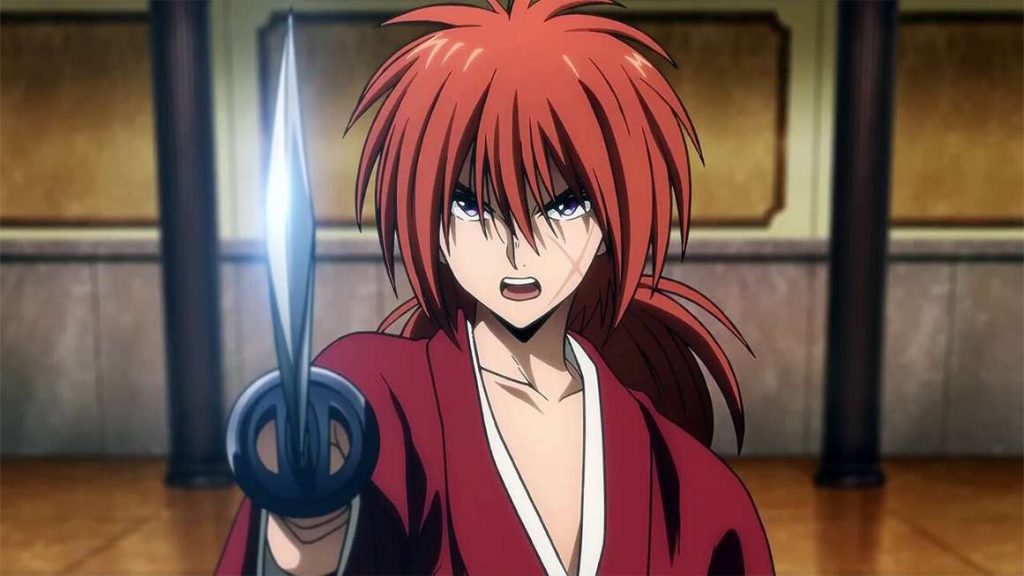Adapted from a best-selling manga series and a classic 1990s anime, Rurouni Kenshin follows the journey of Himura Kenshin, a legendary assassin who vows never to kill again. But beneath the surface of a show about a samurai’s adventures, this new anime is a snapshot of a nation in flux.
Set in 1878 in the aftermath of the Meiji Restoration, Rurouni Kenshin vividly illustrates Japan’s transition from feudalism to modernity and the challenges that came with it. Kenshin’s past is intertwined with this transition: He fought to dismantle an oppressive caste system and a military dictatorship that isolated Japan from the world for centuries. But the new era is marred by government corruption and moral ambiguity. Kenshin is left disillusioned by his efforts and burdened by the lives he took. He becomes a rurouni, a wandering samurai without a master, protecting those in need.
Kenshin’s adversaries are initially driven by hatred of change. Yet as the tale unfolds, they are transformed, ultimately embracing the promise of technological progress.
Rurouni Kenshin weaves these hefty themes deftly into its characters’ backstories and provides plenty of epic sword fights. It’s no surprise that for nearly three decades, different versions of this tale of redemption have captivated audiences worldwide.
The post Review: An Anime Reboot About Japan’s Transition From Feudalism appeared first on Reason.com.





